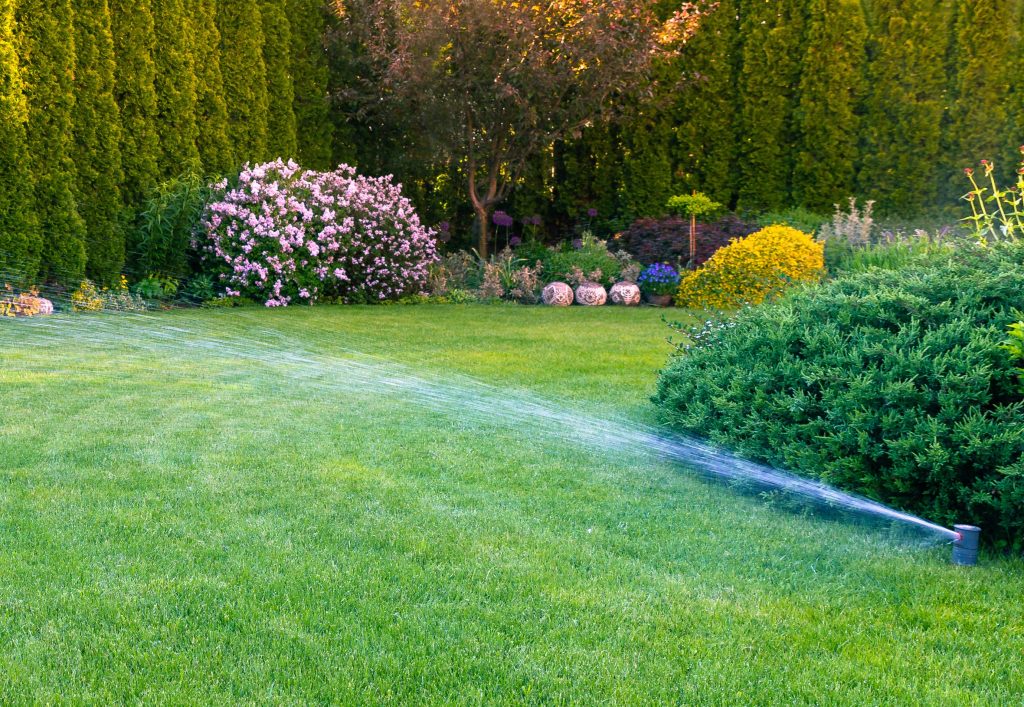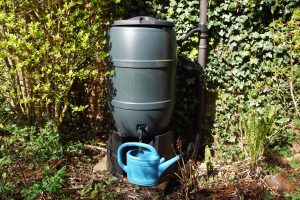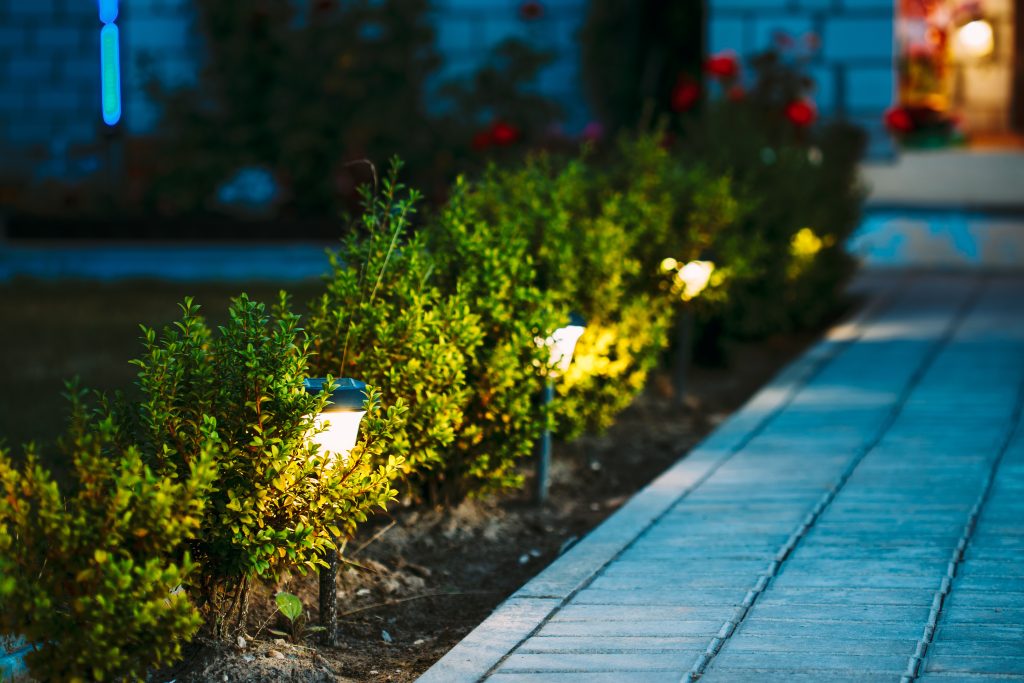
Obtaining permits for landscaping renovations can be a difficult and time-consuming process if you aren’t sure what permits your city or county requires. Fortunately, professional landscapers are fully aware of what is required to create a beautiful yard while following all of the rules and regulations in your area when it comes to irrigation or lighting installations.
Here we share some of the most useful tips for those who want to install a new irrigation system, upgrade an outdated one, or make lighting upgrades to their property. Because our office is in St. Louis County, we will be focusing on the permits needed for properties in Saint Louis County and City, Creve Coeur, Town Country, Frontenac, Webster Groves, Sunset Hills, Kirkwood, Clayton, and Ladue.
Irrigation and Drainage

In areas where it rains a great deal, proper drainage for your yard and garden are essential. Too much pooled water in one area can cause havoc for the foundation of your home, drown certain plants, or even cause street flooding. However, if done properly, both the environment and your yard can richly benefit.
Backflow Installation
First, let’s start with a rather unpleasant subject that can become a real problem for some amateur landscapers: backflow installation. Let’s consider this scenario: You are in the process of laying piping and plumbing for your new in-ground pool. In the process of this, a backflow is created. Uh-oh. What do you do now?
Most people outside of the industry have no idea what a backflow is. Backflow is a term in plumbing, referring to an unwanted flow of water in the reverse direction. It can be a serious health risk for the contamination of potable water supplies with foul water. For St. Louis County and City, a master plumber is required for backflow installation. These master plumbers must certify annually to continue backflow work. So when you are creating your master plan of your new yard, make sure that if you have a backflow problem that you are hiring a certified Master Plumber to assist.
Downspouts, Rain Barrels, and Rain Gardens
For torrential downpours, every house should have gutters or rain pipes installed to prevent flooding and damage to the foundation of the home. In Creve Coeur, the permit regulation requires that downspouts and sump pumps must be a minimum of 10 feet from the property line. This is a good rule of thumb to go by for the other districts and towns, as well. However, always check with your city council to make sure you are following their specific regulations.
There are also other options than to let your stormwater run down your yard into the local sewer system. With downpours, this can often cause sewer systems to overflow and backup. By using one or both of the methods below, you can greatly benefit your local neighborhood and town.
Rain Barrels

One of those options is a rain barrel. If you disconnect the lower portion of the downspout and have the water fall into a rain barrel instead, you will be able to reuse that water to nourish your plants with necessary minerals, wash your car, or even water your yard during a drier season. There are a multitude of uses for non-potable water and you will be helping your local environment by using less municipal water.
Rain Gardens
Another way to use your storm overflow is to create a rain garden. Just the very idea of the term “rain garden” invokes thoughts of misty curtains of waterfall fountains and rich green plants drinking up the sweet water. More prosaically speaking, a rain garden is a landscaped, shallow depression of land planted with native plants, rocks, and natural materials, that captures, temporarily holds, and filters storm water back into the ground, preventing it from running off and ultimately reaching nearby streams, rivers, and ponds.
You can create a rain garden on your own, or get a professional landscaper to do it for you. You plant water-loving plants that are also adaptable to your area to soak in the water and send it back into the ground. If the project seems like a rather large one for you to tackle, Quiet Village Landscaping professionals are also experts on how to make the most of the natural non-potable water that falls in your yard.
Outdoor Lighting

The pièce de résistance of any garden is the lighting that brings your entire landscape to life. Outdoor lighting can illuminate your patio and entertaining areas, walkways, or architectural elements of your home. Pools, garden beds, trees, and stairways can all be lit up to create a sense of ambiance and safety. Most lighting regulations are used mainly with commercial and public spaces, however in Saint Louis County, there are two regulations one should be aware of for residential purposes. These are listed below.
(6) “For upward-directed architectural, landscape, and decorative lighting, direct light emissions shall not be visible above the building roof line or beyond the property line.
(7) Lighting controls shall be provided on lighting that automatically extinguish all outdoor lighting when sufficient daylight is available. Automatic controls shall not be required for tunnels, parking garages, garage entrances, and similar conditions.”
These rules mentioned above are just a brief glance into many of the permits and regulations that go into landscaping. That is why it is always best to seek the advice of professional landscapers. Quiet Village Landscapers are well-versed in every type of permit and will listen to you as you create the landscape of your dreams.
